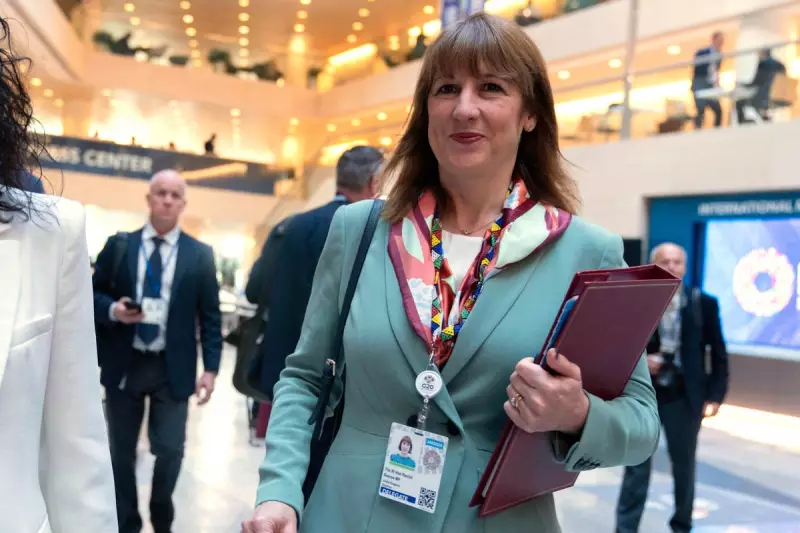
Londoners are facing a mounting cost-of-living crisis as new figures from the Office for National Statistics reveal the capital's inflation rate has accelerated to 2.1% in the year to June, significantly higher than the UK-wide average of 2%.
Capital Outpaces National Average
The data shows London's inflation rate jumping from 1.6% in May to 2.1% in June, marking a concerning acceleration that puts additional strain on household budgets already stretched thin by the ongoing economic pressures.
This development comes despite the Bank of England's efforts to curb inflation across the country, suggesting London's unique economic landscape may be responding differently to national monetary policies.
Political Reaction and Economic Concerns
Shadow Chancellor Rachel Reeves was quick to respond to the troubling figures, stating: "This is further evidence that the cost-of-living crisis is far from over for families across the country."
Reeves emphasised that working people are worse off after fourteen years of economic management under the Conservatives, highlighting the political implications of the persistent inflationary pressures.
Regional Disparities Widen
The statistics reveal significant regional variations in inflation rates across the UK:
- London: 2.1% (up from 1.6% in May)
- UK average: 2.0%
- Other regions showing mixed performance
This growing disparity suggests that geographic economic divides are deepening, with Londoners bearing a disproportionate burden of the ongoing price increases.
What This Means for London Households
The higher inflation rate in the capital translates to:
- Increased pressure on already-strained household budgets
- Higher costs for essential goods and services
- Reduced purchasing power for London residents
- Potential impacts on consumer confidence and spending
As the situation develops, economists will be closely watching whether this trend continues and what measures might be necessary to address the capital's unique inflationary challenges.





